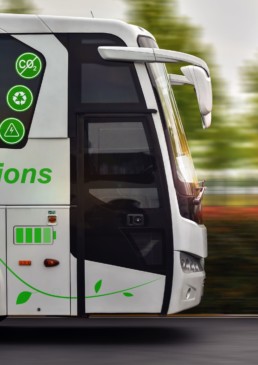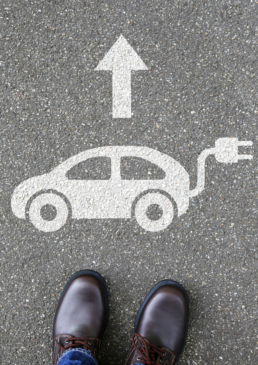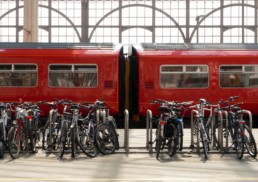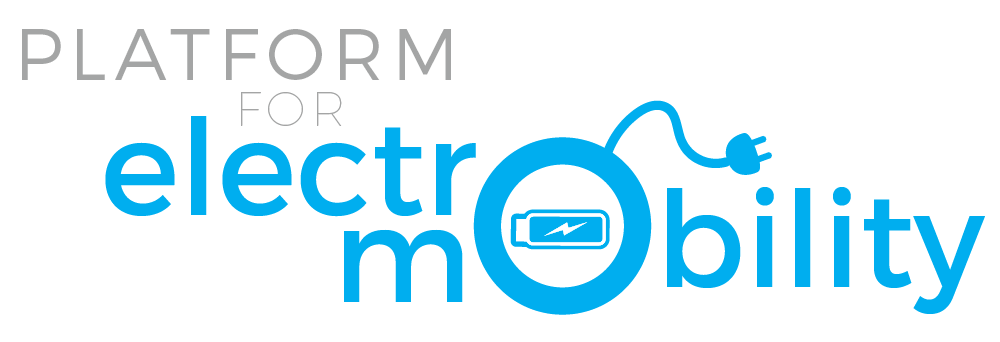
What should be the main focus of transport infrastructure policy at EU level?
In the revised regulation, requirements should
1. prioritize zero-emission technologies and ensure the consistent roll-out of charging infrastructure for all modes of transport to be consistent with the decarbonisation of transport sector and the revised AFID,
2. enabling further digitalisation/automation of transport
3. enhance number and integration of urban nodes in the TEN-T corridors’ governance to ensure consistency between corridors priorities & urban policies for transport decarbonation.
What type of adjustment would you deem most necessary?
– Make the minimum target of 1 charging point/60 km mandatory on TEN-T road networks to ensure their coverage with ultra-fast chargers, incl. urban fast charging hubs
– Direct public funding into the Comprehensive network & outside of the TEN-T network
– Support the ERTMS full deployment on the network as a first step to digitalise railway operation & improve its performance (ATO)
– Speed-up Member States’ coordination for cross-border charging and connections


What conditions would you deem most necessary to be extended from the core to the comprehensive network?
– Ensure full coverage of charging infrastructure for all modes of transport on the Core/Comprehensive
TEN-T , and of urban nodes, to reach the decarbonisation of transport and be in line with the revised AFID.
– Support deployment of ERTMS on the Core & Comprehensive Network, and digitalisation of transport
(e.g. development of Automatic Train Operations in rail transport)
– Include requirement on-shore power supply explicitly in the list of priorities for maritime infrastructure
development

Adjustment you deem necessary to strengthen TEN-T implementation instruments?
All implementation instruments should be reinforced to avoid delays that are, in today’s projects, beyond normal level in most TEN-T sites. All proposed instruments should be clearly defined, transparent, proportionate and non-discriminatory In addition, the monitoring of the Member States’ TEN-T guidelines implementation should be reinforced without jeopardizing the implementation targets. Rail investments with CEF 2 funding should be boosted to achieve the 2030 and 2050 TEN-T deadlines.

Are there other measures concerning infrastructure quality and resilience that could be considered?
Cyber-threats are an area of concern for railways which have complex interdependences and legacy infrastructure. Electrification and smart mobility must be considered in light of the cyber security threat that comes along, taking into account the increasing interdependency of the various components and actors of the EU interconnected power system. The TEN-T revision should incorporate the key elements of the forthcoming new EU Cybersecurity Strategy

The revision of the TEN-T regulation should strengthen sustainable and multimodal transport. With the surge of EVs, integrating minimum binding requirements per vehicle type would contribute to giving the right
charging infrastructure to the EU. Boosting digitalisation through intelligent services and charging infrastructure is key to make transport efficient, sustainable, resilient but also more user-friendly.
Another focus area should be to recognize the role of active mobility. Infrastructure quality should include requirements regarding active mobility infrastructure. At the same time, in many places the infrastructure is
simply missing. Especially the potential of Electrically Assisted Pedal Cycles (EPACs), and integrating it into the guidelines. The current TEN-T network is clogged by local commuting, on many sections constituting over 90% of traffic. These are often the most expensive sections. Properly integrating cycling into TEN-T would provide a cost-efficient, healthy and sustainable alternative.
